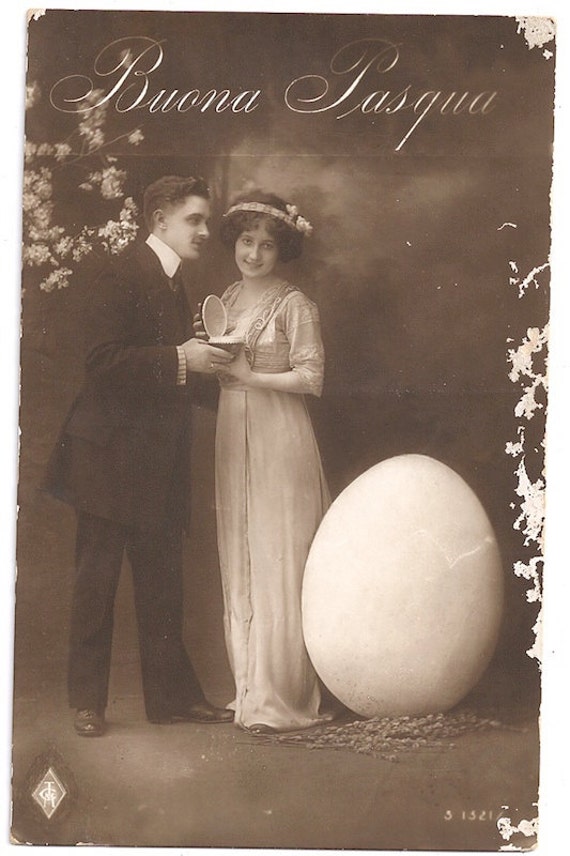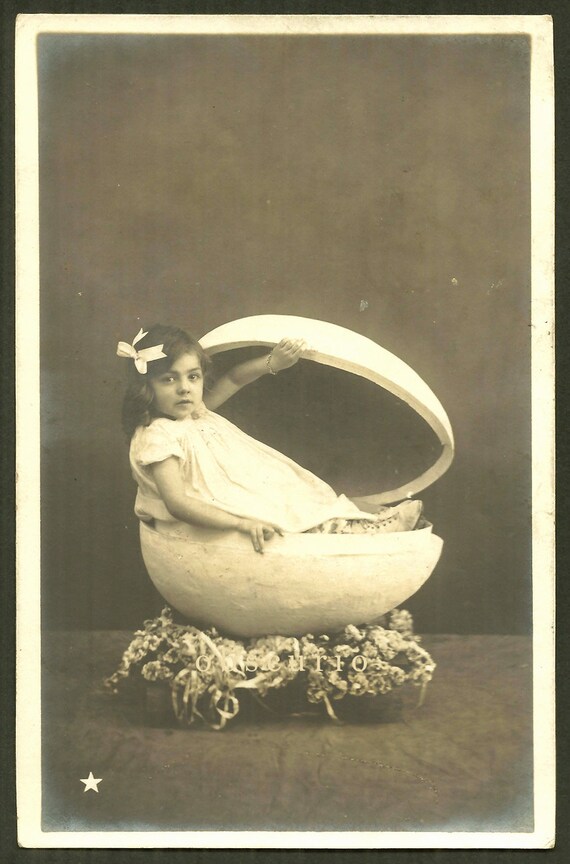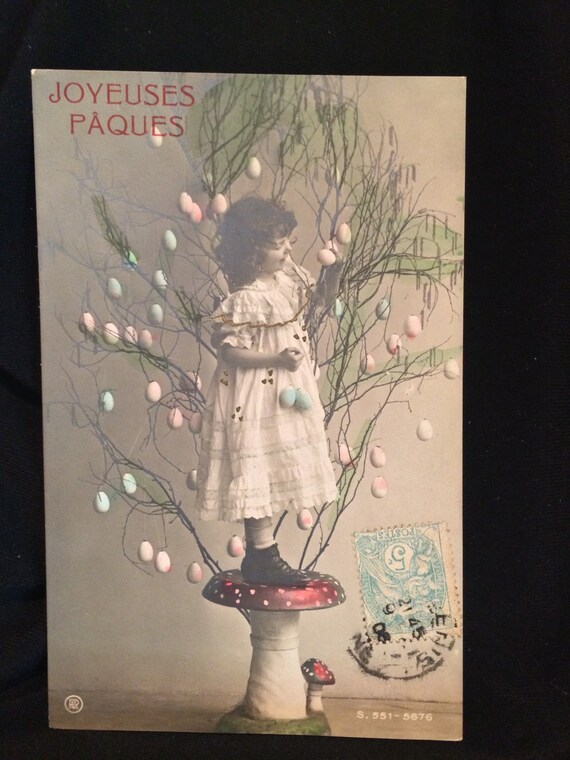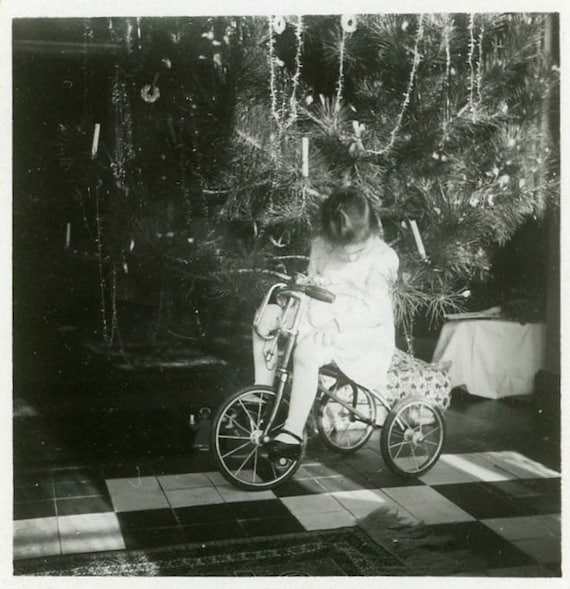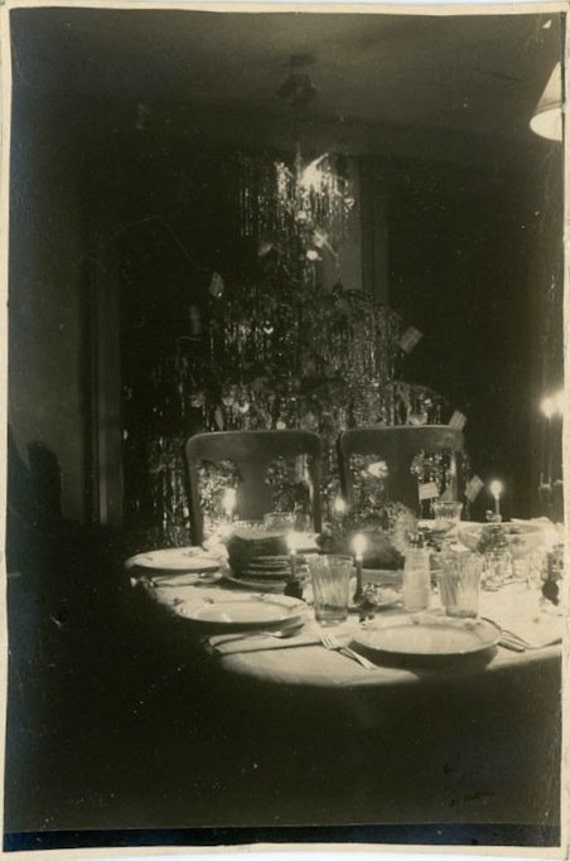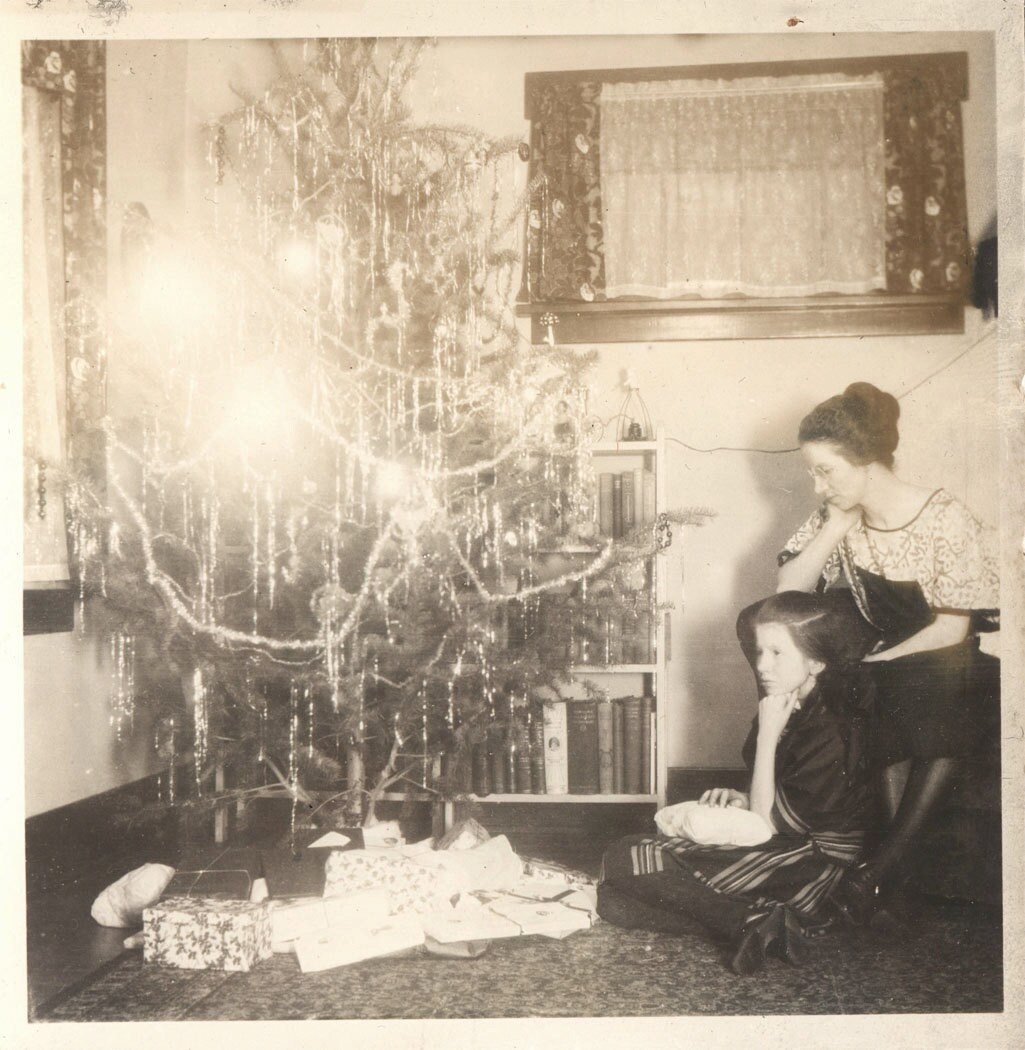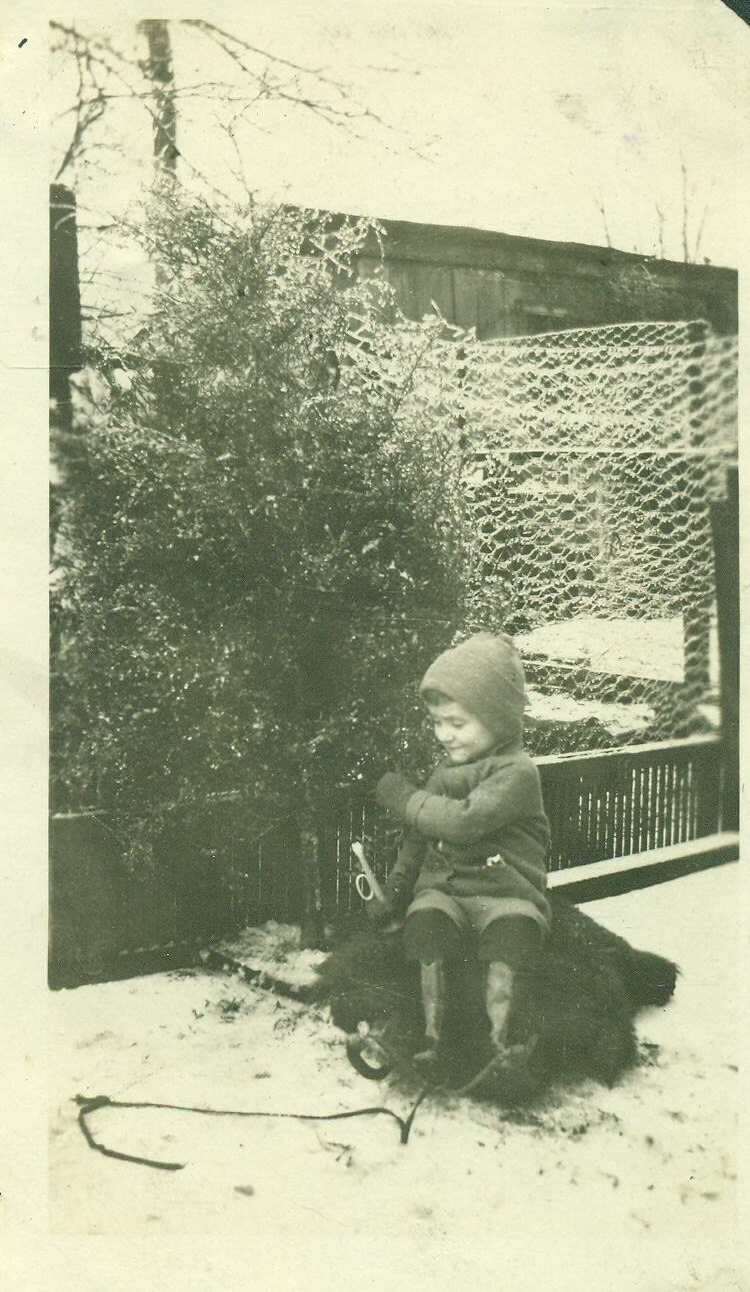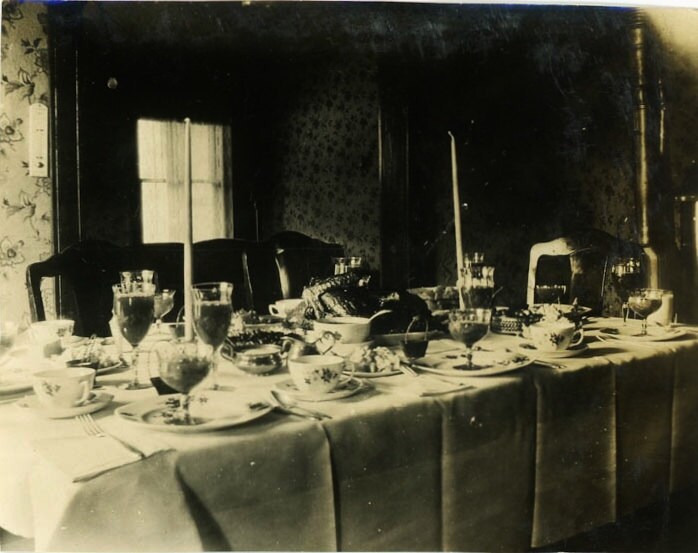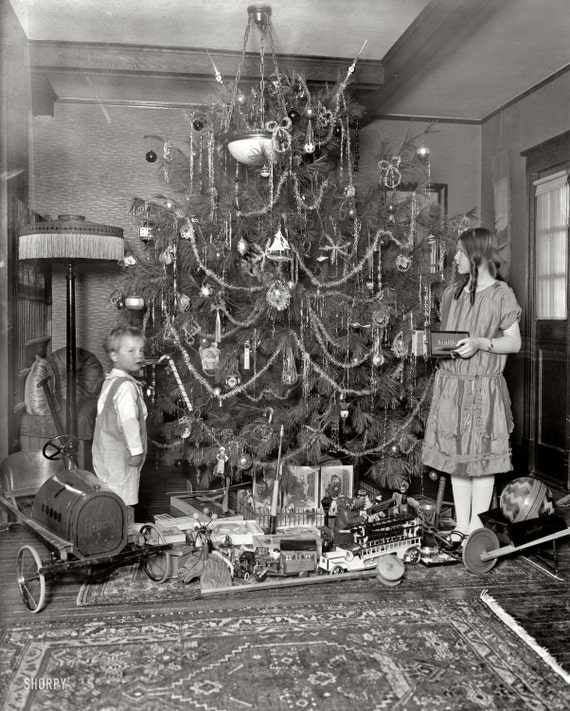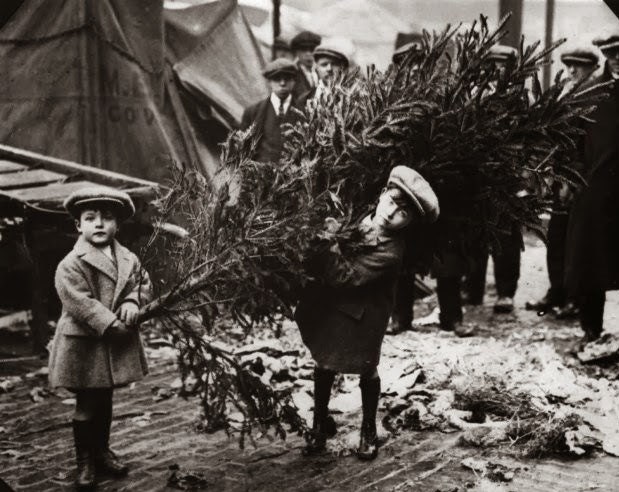 |
| The first book of 'Hows' |
This most interesting little needlework
booklet came into my possession, due to the tattered condition it was in, and
the fact that it was meant as a self-teaching manual for children I presume it
must be a rather rare copy.
It is a rather fascinating peek into what
was considered important and basic skills which every girl should learn at the
turn of last century.
Button holes, turning a Dutch heel, cross
stitch embroidery, basic tailoring, and more.
The booklet is in a very poor state, and my scanner is not much better, so I’m offering the scan of the booklet for just a small contribution fee.
The booklet is in a very poor state, and my scanner is not much better, so I’m offering the scan of the booklet for just a small contribution fee.
I hope you will find it useful both as an
historical educational document, but also as a way to maybe go back to the
basics of traditional sewing.
The scan is available here: The first book of Hows - ETSY
 |
| The booklet was tucked inside another cover, with a simple brown cloth cover. |
 |
| I'm interested in knowing what those 'Frames and boards' were like ? |
 |
| Note the 'Teacher's note'. |













